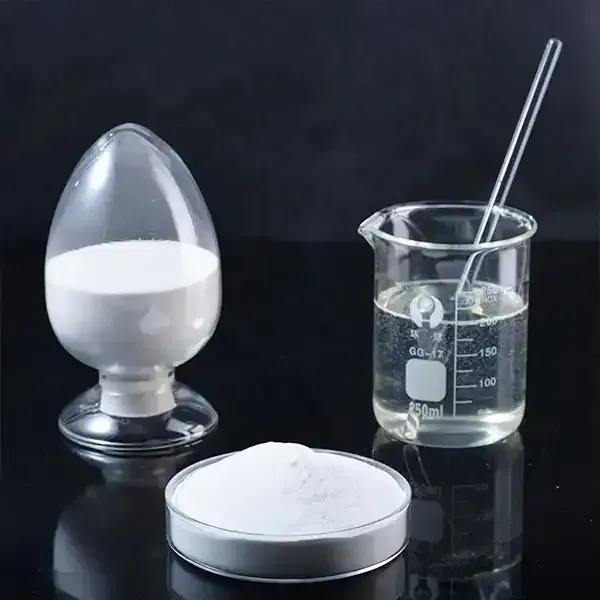Understanding Cellulose Ethers Properties, Applications, and Impact
Cellulose ethers are a fascinating class of compounds derived from cellulose, a natural polymer found in the cell walls of plants. Due to their unique properties and versatility, cellulose ethers have garnered significant attention across various industries, including food, pharmaceuticals, construction, and personal care. This article explores the nature, properties, manufacturing processes, and diverse applications of cellulose ethers, showcasing why they are vital in modern technology and daily life.
What are Cellulose Ethers?
Cellulose ethers are produced by the chemical modification of cellulose through the reaction with etherifying agents. This process replaces some of the hydroxyl (–OH) groups on the cellulose molecule with ether groups. Common etherifying agents include ethylene oxide, propylene oxide, and methyl chloride. The resulting cellulose ethers include methylcellulose (MC), hydroxypropyl cellulose (HPC), hydroxyethyl cellulose (HEC), and carboxymethyl cellulose (CMC), each characterized by distinct properties depending on the degree of substitution and the type of etherifying agent used.
Properties of Cellulose Ethers
The modification of cellulose into ether forms significantly alters its physical and chemical properties. Some notable characteristics include
1. Solubility While native cellulose is insoluble in water, cellulose ethers can dissolve in water and various organic solvents, depending on their chemical structure. This solubility opens up a plethora of applications in aqueous systems. 2. Viscosity Cellulose ethers can impart viscosity to solutions, making them useful as thickeners, stabilizers, and emulsifiers. This property is particularly valuable in industries such as food and cosmetics, where texture and consistency are crucial.
3. Film-Forming Ability These compounds can form films, making them ideal for coatings and packaging materials. Their barrier properties help preserve the integrity of the products they cover.
Applications of Cellulose Ethers
cellulose ethers

1. Food Industry Cellulose ethers, particularly CMC and MC, are widely used as thickeners and stabilizers in food products, enhancing texture and preventing separation. For example, they can be found in sauces, dressings, and ice creams.
2. Pharmaceuticals In the pharmaceutical sector, cellulose ethers serve as binders in tablet formulations and as controlled-release agents. Their ability to form gels also makes them suitable for use in topical formulations and suspensions.
3. Cosmetics and Personal Care Cellulose ethers are common additives in lotions, creams, and shampoos, where they improve viscosity, provide a smooth texture, and enhance the product's performance. Their film-forming properties contribute to the durability of makeup products.
4. Construction In construction materials, cellulose ethers are used as additives in cement and mortar. They enhance workability, improve water retention, and prevent cracking, contributing to the durability of building materials.
5. Paints and Coatings Cellulose ethers offer thickening and stabilizing properties to aqueous paints and coatings, ensuring uniform consistency and application ease.
Environmental and Economic Impact
The sustainable nature of cellulose ethers is one of their most significant advantages. Derived from renewable plant materials, they can be produced with minimal environmental impact. This aligns with global sustainability efforts and the demand for biodegradable and environmentally friendly materials. Moreover, their versatility ensures that industries can reduce reliance on synthetic chemicals, promoting a shift towards greener practices.
Conclusion
Cellulose ethers exemplify the intersection of nature and technology, showcasing how a natural polymer can be transformed into valuable materials with diverse applications. From the food industry to pharmaceuticals and construction, their unique properties enable innovations that enhance product performance and consumer experience. As research continues to evolve, cellulose ethers are poised to play an even more significant role in developing sustainable and efficient solutions across various sectors. Their adaptability, safety, and environmentally friendly profile make cellulose ethers an essential component of modern life.
-
The Application and Significance of Construction RdpNewsMay.19,2025
-
Industrial Grade HpmcNewsMay.19,2025
-
Building Coating Adhesive Building Coating Adhesive HpmcNewsMay.19,2025
-
Application Of Hpmc For Detergent For Detergent In DetergentsNewsMay.19,2025
-
Application Of Hpmc Cellulose In Cement-Based MaterialsNewsMay.19,2025
-
Application Of High Quality Hpmc For Construction In The Field Of ConstructionNewsMay.19,2025




